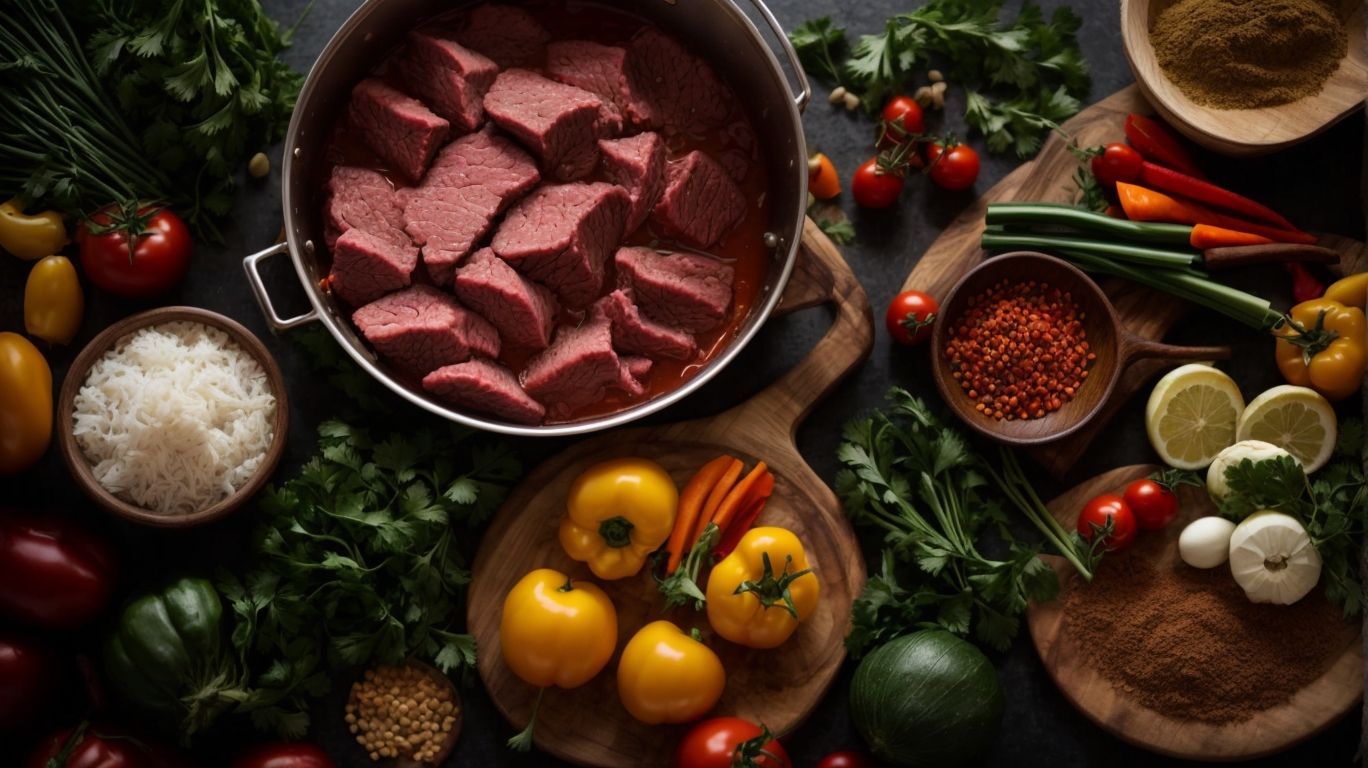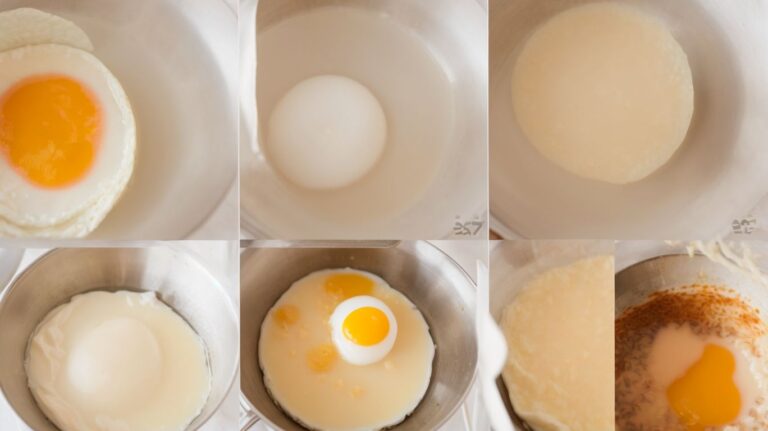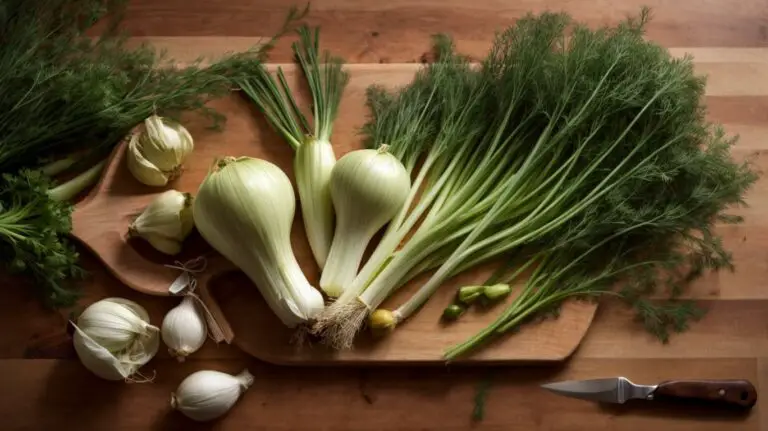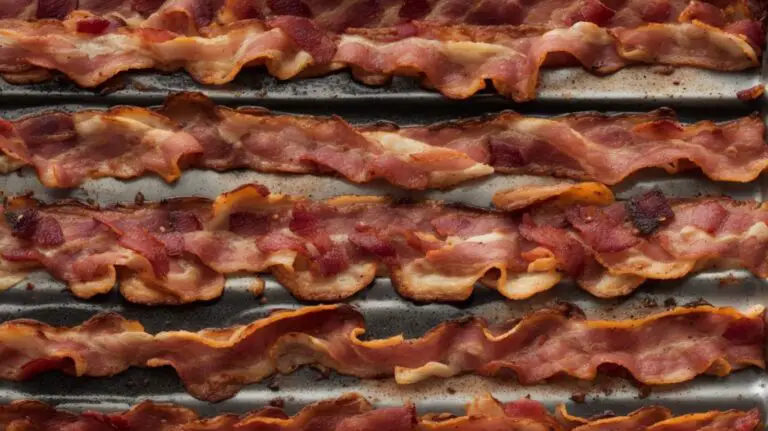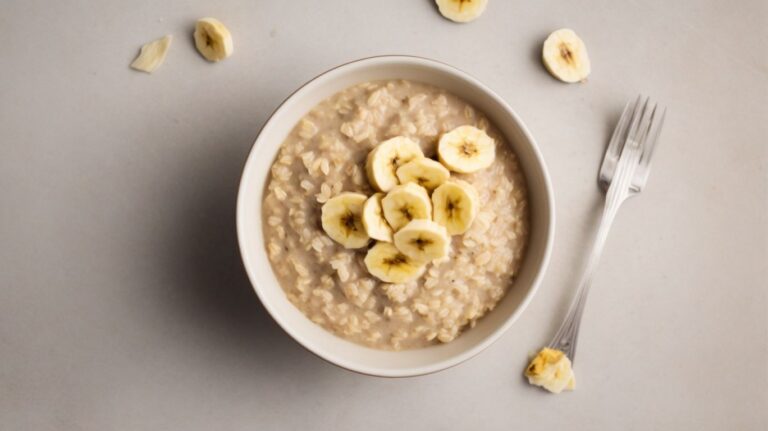How to Cook Beef for Curry?
Looking to make a delicious beef curry but not sure which cut of beef to use?
Discover the best cuts of beef for curry, how to prepare the beef, the essential ingredients needed, and the steps to cook beef curry like a pro.
Whether you’re a seasoned chef or a home cook looking to elevate your curry game, these tips and tricks will help ensure your beef curry turns out perfectly every time.
Let’s get cooking!
Key Takeaways:
What is the Best Cut of Beef for Curry?
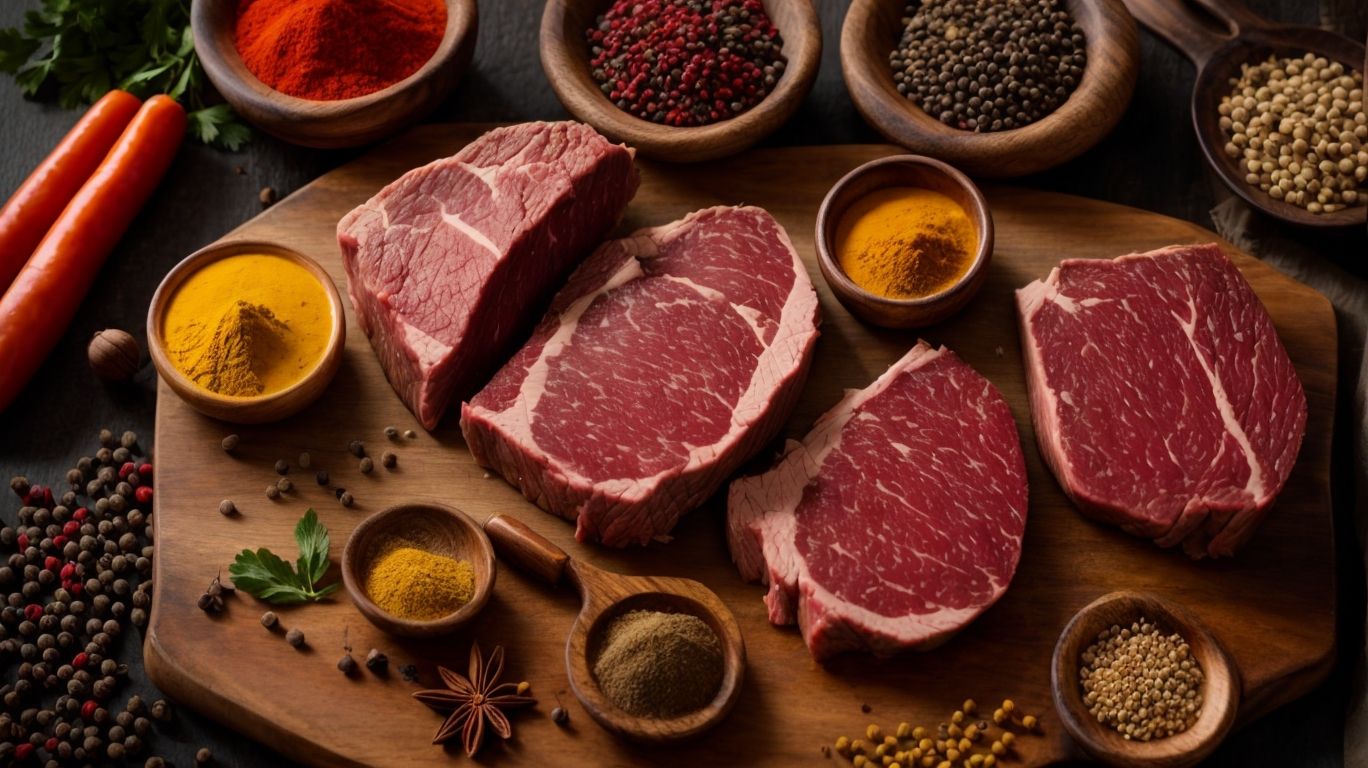
Credits: Poormet.Com – David Hill
In terms of making the best beef curry, selecting the right cut of beef is crucial for achieving a flavorful and tender dish.
Each cut of beef brings its own unique texture and flavor profile to the dish.
- Chuck roast is a popular choice, known for its rich marbling that renders beautifully during slow cooking, infusing the curry with succulent juices.
- On the other hand, beef brisket offers a melt-in-your-mouth experience, perfect for those who prefer a softer texture in their curry.
- For a dish with a robust depth of flavor, consider using beef shank or beef short ribs. These cuts, when braised slowly, create a luxurious and hearty curry that is sure to impress.
Chuck Roast
Chuck roast is a popular choice for beef curry due to its rich flavor and ability to become tender when cooked slowly.
In terms of Asian cuisine, chuck roast shines in curry dishes as it possesses just the right amount of fat marbling to create a melt-in-your-mouth texture. The inherent toughness of chuck roast is transformed into succulent tenderness through long, slow cooking methods like braising or stewing. Its fibers break down, resulting in a satisfyingly tender meat that pairs perfectly with the complex flavors of curry spices.
Chuck roast excels in absorbing the robust flavors of curry seasonings, making it an ideal choice for those seeking a hearty and flavorful meal. The meat’s natural juices mingle with the aromatic spices, enhancing the overall taste profile of the dish.
Beef Brisket
Beef brisket is a versatile cut that adds a balance of savory and sweet notes to beef curry, making it a favorite among many chefs.
Known for its exceptional tenderness and rich flavor profile, beef brisket is a popular choice in various cuisines worldwide. When slow-cooked, this cut of meat develops a melt-in-your-mouth texture that effortlessly soaks up the aromatic spices and seasonings in a curry dish. The collagen in brisket breaks down during the cooking process, infusing the curry with a depth of flavor and creating a luscious sauce that clings perfectly to rice or noodles.
Whether braised, smoked, or simmered, beef brisket elevates the overall taste experience of curry, offering a delightful mix of savory umami notes and a hint of natural sweetness. The succulent nature of brisket makes it a star ingredient in hearty stews, spicy curries, and fusion dishes that showcase the best of both worlds when it comes to flavor and texture.
Beef Shank
Beef shank, with its robust flavor and gelatinous texture, infuses a comforting richness into curry dishes, especially when paired with a flavorful curry sauce.
Its tender meat, slow-cooked to perfection, absorbs the intricate blend of spices and aromatics in the curry sauce, creating a delightful harmony of flavors. The collagen-rich marrow within the shank dissolves during the cooking process, imparting a luscious silkiness to the sauce, elevating it to a whole new level of indulgence. Whether simmered gently in a traditional curry or stewed with root vegetables for a heartier meal, the beef shank brings depth and complexity, making it a quintessential component in creating a soul-warming, satisfying dish.
Beef Short Ribs
Beef short ribs offer a robust meaty flavor that intensifies when cooked in curry, creating a dish with a perfect balance of heat and simmered tenderness.
When simmered slowly, beef short ribs release their rich, savory juices, infusing the curry with layers of depth and complexity. The marbling of fat throughout the meat adds a luxurious velvety texture, elevating the overall mouthfeel of the dish. Holding up well to slow cooking methods, these ribs develop a melt-in-your-mouth consistency that contrasts beautifully with the bold spices of the curry. Whether braised, roasted, or stewed, the result is always a savory masterpiece that satisfies both meat lovers and curry enthusiasts alike.
Beef Chuck Steak
Beef chuck steak, known for its robust beefy flavor, serves as a versatile canvas for absorbing taste and flavor enhancers in curry dishes.
When simmered in a fragrant curry sauce, the tender chunks of beef chuck steak release a rich, savory essence that blends harmoniously with spices and herbs, elevating the dish to new levels of deliciousness.
This cut’s marbling ensures a luscious texture and succulent mouthfeel, enhancing the overall experience of savoring every bite.
The robust nature of beef chuck steak allows it to stand up well to bold seasonings and flavor enhancers, making it perfect for creating deeply flavorful curry bases that leave a lasting impression on your taste buds.
How to Prepare the Beef for Curry?
Properly preparing the beef for curry involves essential steps such as trimming the fat, cutting the beef into cubes, and marinating it with aromatic spices like garlic and ginger.
Once the fat is trimmed from the beef, the next step is to carefully cube the meat into bite-sized pieces. This is crucial to ensure even cooking and to allow the flavors of the spices to penetrate the meat thoroughly.
Marinating the beef is a vital stage where the magic happens; the meat absorbs the flavors of the aromatic garlic, ginger, and traditional Japanese curry powder, enhancing the taste and tenderness of the final dish.
Trim the Fat
Trimming the excess fat from beef before cooking ensures that the curry is leaner and focuses on the natural flavors of the meat and aromatic vegetables.
When preparing a succulent beef curry, the process of fat trimming is crucial as it allows the dish to highlight the true essence of the beef while preventing an overwhelming greasiness. By removing the excess fat, you not only create a healthier meal option but also pave the way for the flavors of onions, carrots, and potatoes to shine through harmoniously. The lean meat acts as a canvas for the rich spices and seasonings, resulting in a delectable dish with a perfect balance of textures and taste.
Cut the Beef into Cubes
Cutting the beef into uniform cubes helps in ensuring even cooking and absorption of the curry powder and aromatic spices, infusing the dish with flavors inspired by Asian culinary traditions.
By cubing the beef, you not only facilitate a more consistent cooking process but also allow the flavors of the curry spices to penetrate the meat evenly. This method creates a harmonious blend of tastes in every bite, enhancing the overall dining experience. The smaller surface area of cubed beef makes it easier for the rich flavors of the curry dish to seep in, resulting in a more flavorful and aromatic end product. The art of cubing beef for curries truly unlocks a myriad of culinary possibilities, transforming a simple dish into a symphony of flavors.
Marinate the Beef
Marinating the beef with signature curry roux blends like S&B Golden Curry or House Foods Vermont Curry and Java Curry adds depth and complexity to the flavors of the dish.
These renowned curry roux brands are known for their rich blend of spices and authentic Japanese flavors, enhancing the overall taste experience of your curry dishes.
-
S&B Golden Curry offers a robust and slightly sweet flavor profile, perfect for those who enjoy a traditional Japanese curry taste with a hint of sweetness.
-
On the other hand, House Foods Vermont Curry brings a unique touch with its mild and creamy curry roux, appealing to those looking for a smoother and more delicate flavor.
What Ingredients are Needed for Beef Curry?
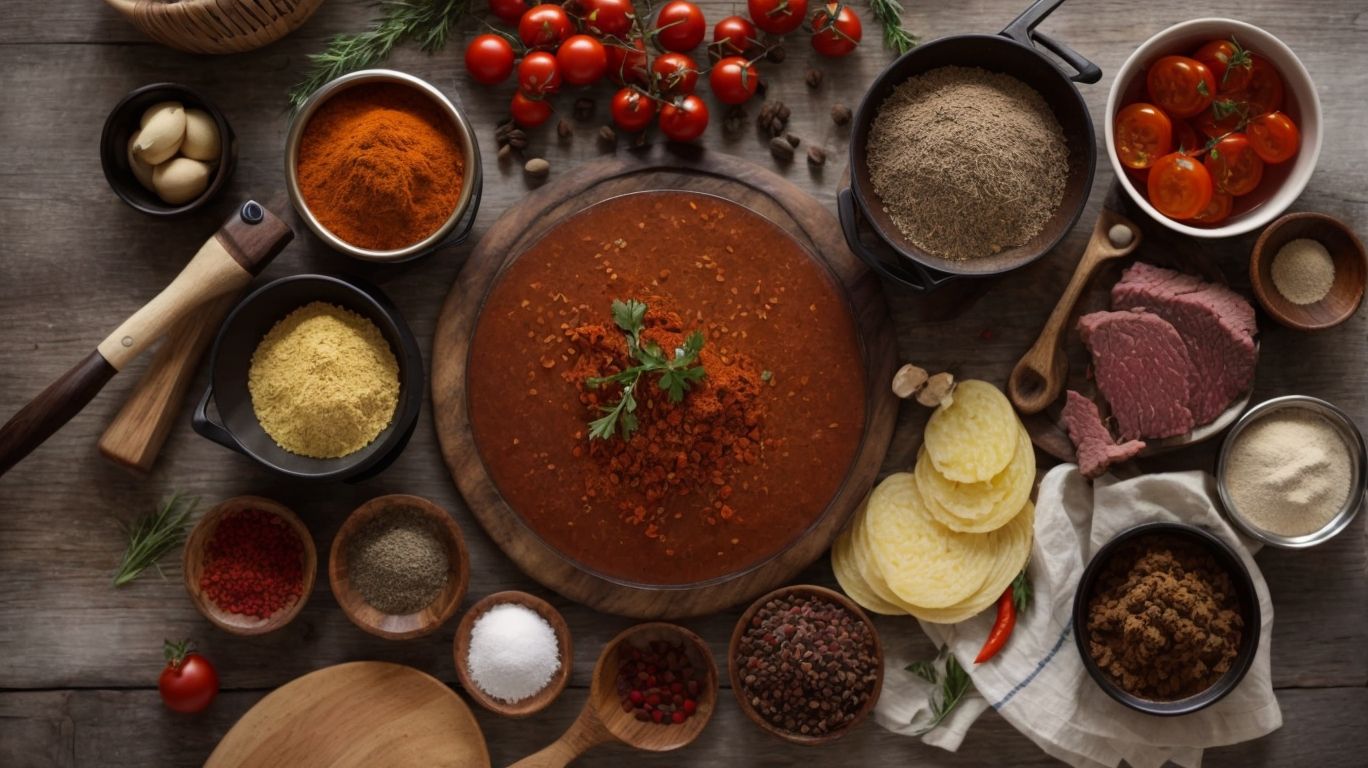
Credits: Poormet.Com – Jeremy Martin
Creating a delectable beef curry requires essential ingredients such as aromatic spices like garlic, ginger, flavorful curry powder, and a touch of creamy milk to balance the flavors.
Garlic, known for its pungent flavor and aromatic essence, adds depth and complexity to the dish. Meanwhile, ginger, with its zesty kick, provides a warm undertone that complements the beef perfectly.
The distinctive blend of curry powder brings a harmonious fusion of spices, adding a rich and earthy dimension to the curry. The inclusion of milk not only tenderizes the meat but also imparts a velvety smoothness to the sauce, creating a luscious consistency that coats each tender piece of beef.
Spices (Curry Powder, Cumin, Coriander)
The key to a flavorful beef curry lies in the perfect blend of spices like curry powder, cumin, and coriander, infusing the dish with aromatic notes inspired by Asian culinary traditions.
Mixing these spices in precise ratios creates a symphony of flavors that tantalize the taste buds, making each bite a journey through the diverse tastes of Asia. Curry powder provides warming depth, while cumin adds earthy undertones, and coriander brings a fresh citrusy balance. The combination of these spices not only enhances the overall taste of the curry but also reflects the rich heritage and diverse culinary landscape of the Asian continent.
Aromatics (Onion, Garlic, Ginger)
Aromatics such as onions, garlic, and ginger, complemented by unique additions like Worcestershire sauce, apricot jam, or apple sauce, elevate the flavors of beef curry to a new level of culinary delight.
Onions, with their sweet undertones when caramelized, provide a rich depth of flavor to the curry base, while garlic adds a pungent aroma that intensifies the overall taste profile. Ginger, known for its warm spiciness, infuses a zesty freshness to the dish, balancing the richness of the beef.
Worcestershire sauce, a tangy condiment, enhances the umami notes, creating a savory complexity that is irresistible. The unexpected sweetness from apricot jam or apple sauce forms a delightful contrast, adding a hint of fruity sweetness that plays harmoniously with the savory elements.
Coconut Milk
Creamy coconut milk serves as a luscious base for beef curry, enriching the dish with a velvety texture and subtle sweetness that balances the bold spices and flavors.
When simmered with tender beef pieces and aromatic spices, coconut milk not only imparts a rich creaminess but also helps to tenderize the meat, allowing it to absorb all the delicious flavors of the curry. The natural sweetness of coconut milk harmonizes with the savory notes of the spices, creating a well-rounded taste profile that appeals to a wide range of palates. Whether used in Thai, Indian, or Caribbean beef curry recipes, coconut milk adds a tropical twist that elevates the dish to a whole new level of culinary delight.
Beef Broth
Beef broth, infused with umami-rich flavors and a hint of soy sauce, acts as a savory foundation for beef curry, elevating the overall taste profile of the dish.
In beef curry recipes, the use of beef broth is crucial as it provides a deep, rich flavor that complements the robust meatiness of the dish. The umami notes from the broth add a layer of complexity, enhancing the savory elements of the curry. The subtle infusion of soy sauce brings a delightful hint of saltiness and depth to the overall flavor profile.
How to Cook Beef Curry?
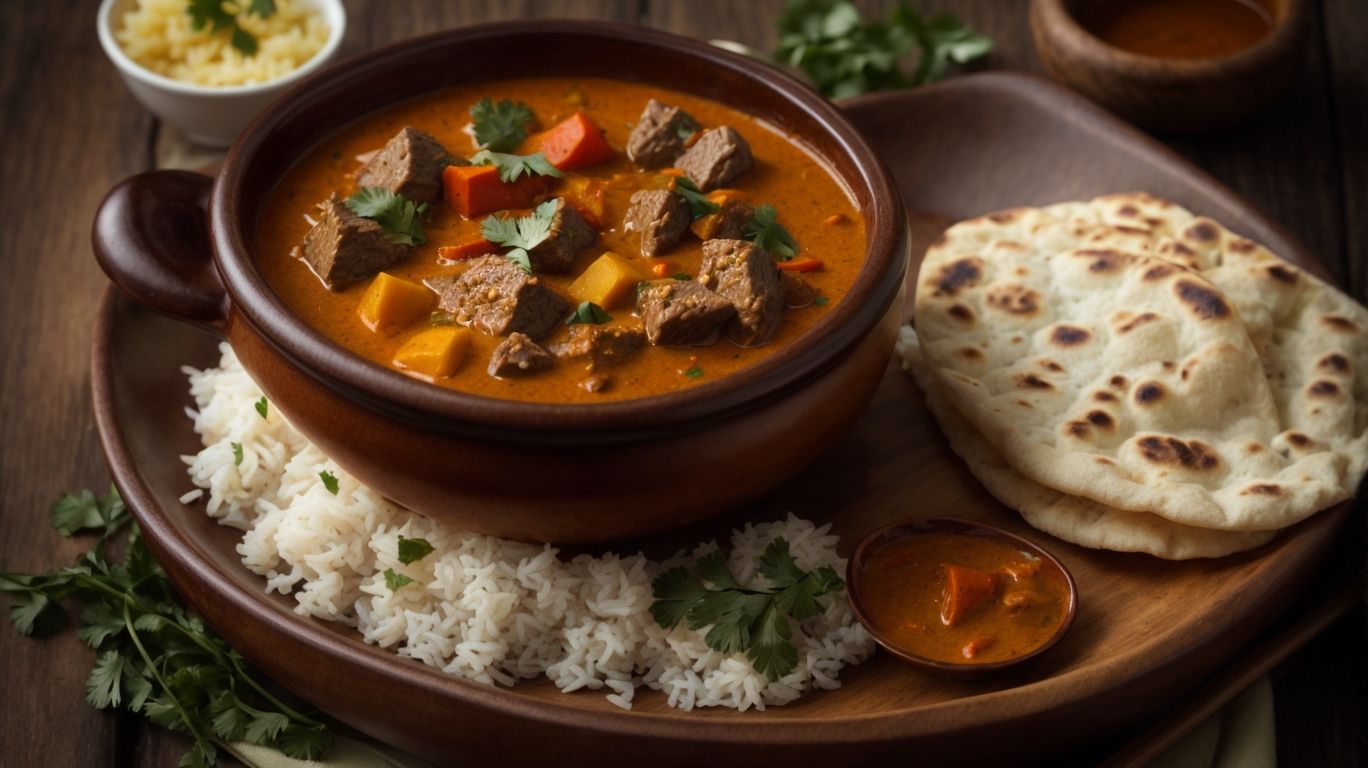
Credits: Poormet.Com – Jeffrey Roberts
Cooking a delectable beef curry involves key steps like searing the beef, simmering with aromatic spices, and adding flavor enhancers like ketchup and curry sauce for a harmonious blend of taste and texture.
After searing the beef to lock in juices and create a flavorful crust, the next crucial step is simmering with aromatic spices such as cumin, coriander, and turmeric. This process allows the flavors to meld together, infusing the meat with a rich depth.
Once the spices have permeated the beef, it’s time to incorporate coconut milk for a creamy texture that balances the bold spices. Controlling the heat throughout ensures the curry simmers gently, allowing the meat to tenderize and the flavors to intensify.
Sear the Beef
Searing the beef to lock in savory juices and enhance the meat’s natural flavors sets the stage for a delicious beef curry inspired by the vibrant spices of Asian cuisine.
During the searing process, the high heat quickly caramelizes the outer layer of the beef, creating a rich and complex flavor profile that seeps into the entire dish. This crucial step not only seals in the juices but also adds depth to the overall taste of the curry.
The sizzle of meat hitting the hot pan, releasing enticing aromas, signals the beginning of a culinary journey where the tender beef absorbs the amalgamation of aromatic spices, infusing each bite with a spectrum of flavors.
Cook the Aromatics and Spices
Sauteing the aromatics like garlic and ginger with aromatic curry powder infuses the beef curry with layers of complex flavors, transforming the stew meat into a savory delight.
During the cooking process, as the garlic and ginger sizzle in hot oil, their natural oils release, creating a fragrant base for the curry. This initial step sets the foundation for the entire dish, as the sharp bite of garlic mellows and blends with the earthy warmth of ginger.
Next, the aromatic curry powder is introduced, coating the sautéed ingredients with its vibrant hues and intricately balanced blend of spices. The mix of cumin, coriander, turmeric, and other spices not only adds color but also imparts a depth of flavor that evolves as it cooks.
As the spices connect with the aromatics, each moment over the heat allows for a merging of essences, creating a symphony of taste that will only intensify as the beef simmers in this fragrant mixture.
Add the Beef and Liquid
Incorporating the seared beef into a rich liquid base of milk, Worcestershire sauce, and a hint of apricot jam creates a sumptuous texture and a delightful medley of sweet and savory notes in the beef curry.
As the beef simmers in the flavorful liquid, the milk works its magic by tenderizing the meat and adding a subtle creaminess to the dish. The Worcestershire sauce, with its umami-rich complexity, infuses the curry with depth and a hint of tangy richness. Meanwhile, the apricot jam brings a touch of sweetness that beautifully balances the savory elements, creating a harmonious flavor profile that tantalizes the taste buds.
Simmer and Serve
Allowing the beef curry to simmer on low heat melds the flavors of curry powder and spices, ensuring a harmonious taste profile that delights the palate with each savory spoonful.
As the beef curry simmers, the aroma wafts through the kitchen, creating an enticing atmosphere that builds anticipation for the culinary masterpiece. The slow cooking process allows the proteins to tenderize, enhancing the overall texture of the dish. During this time, the flavors intensify, deepening the richness of the curry and infusing the meat with a robust taste.
Once the curry reaches the desired consistency, it is time to serve. Plating the beef curry in a decorative dish not only enhances its visual appeal but also sets the stage for a memorable dining experience. Garnishing with fresh herbs or a dollop of yogurt adds a final touch of freshness and complements the complex flavors of the dish. The beef curry is now ready to be enjoyed, each bite a symphony of tastes and textures that showcase the art of simmering to perfection.
Tips for Perfect Beef Curry
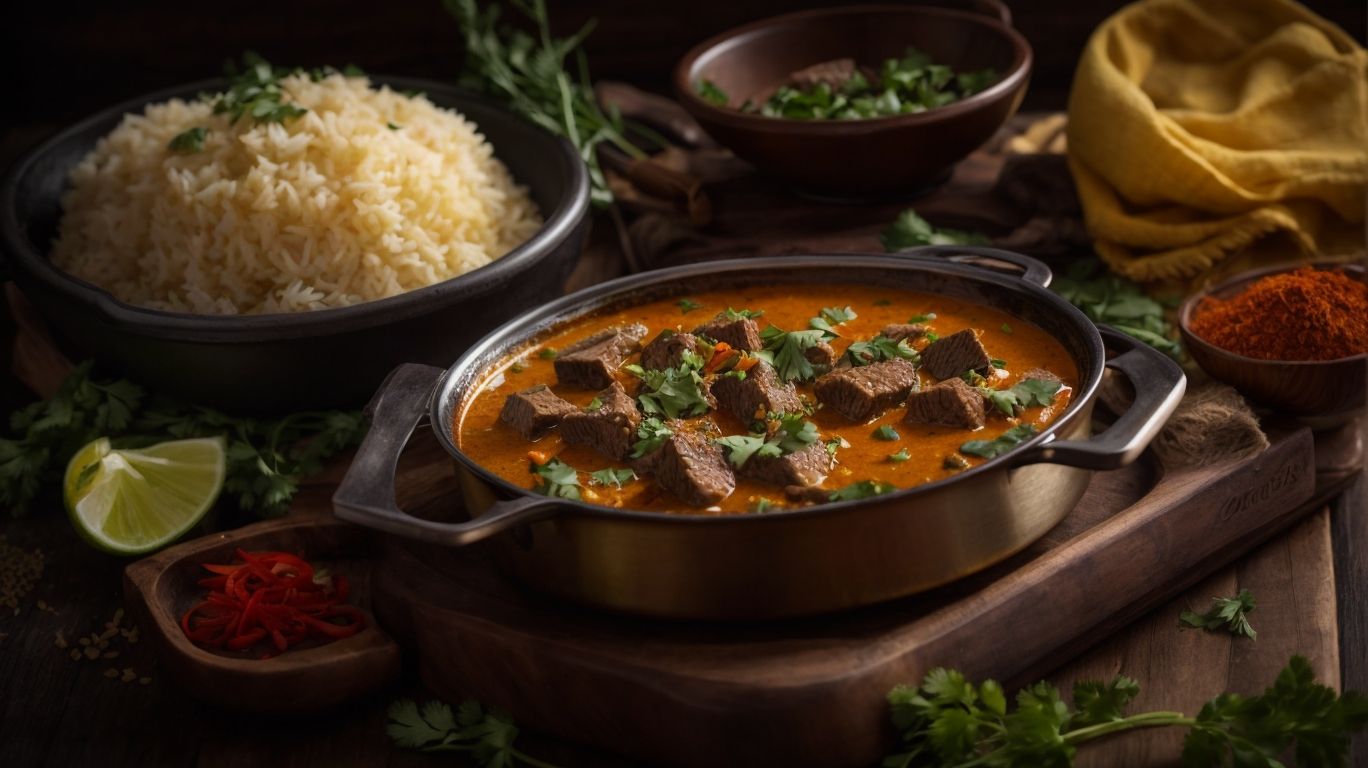
Credits: Poormet.Com – Bruce Green
Achieving the perfect beef curry involves tips like using fresh spices, ensuring adequate cooking time, and adding a splash of acidity with ingredients like Worcestershire sauce, apricot jam, or apple sauce for a balanced and flavorful dish.
Ensuring the choice of high-quality beef is essential. Opt for cuts such as chuck or brisket for tenderness and flavor depth. Marinating the meat in a mixture of yogurt and spices overnight can infuse it with rich flavors.
Practice patience during the simmering process to allow the flavors to meld. Experiment with garnishes like fresh cilantro or a squeeze of lime before serving to enhance the presentation and taste.
Use Fresh Spices
Opting for fresh spices like aromatic curry powder and zesty ginger elevates the flavor profile of beef curry, infusing the dish with vibrant and authentic taste notes.
Adding a touch of coriander, cumin, and cardamom further enriches the depth of flavors in the curry, creating a symphony of tastes that tantalize the palate. The combination of these spices not only enhances the overall taste complexity but also adds a fragrant aroma that permeates through every bite, making each mouthful a delightful experience.
When using fresh spices, the potency and vibrancy of the flavors are preserved, offering a more intense and authentic taste compared to their pre-ground counterparts. Freshly grinding spices just before adding them to the dish ensures that the essential oils and flavors are at their peak, resulting in a more robust and flavorful beef curry.
Don’t Skimp on the Cooking Time
Giving ample cooking time to beef curry allows the flavors to meld, the textures to develop, and the taste to reach its full potential, ensuring a satisfying and delectable meal.
This slow cooking process allows the aromatic blend of spices to infuse deeply into the tender beef, resulting in a rich and complex flavor profile that tantalizes the taste buds.
The extended cooking time helps break down the tough collagen in the beef, creating a melt-in-your-mouth tenderness that elevates the dish to a whole new level of culinary delight.
The slow simmering also thickens the sauce, enhancing its viscosity and coating every morsel of meat with a luscious, umami-laden gravy.
Add a Splash of Acid
Introducing a subtle acidity with ingredients like Worcestershire sauce, soy sauce, or apricot jam brightens the flavors of beef curry, adding a refreshing and tangy dimension to the dish.
These acidic elements not only enhance the overall taste profile but also play a crucial role in balancing the richness of the beef and spices.
-
The Worcestershire sauce brings a depth of umami flavor.
-
The soy sauce adds a savory kick.
-
The apricot jam offers a hint of sweetness juxtaposed with the acidity.
By incorporating these elements, you create a symphony of flavors that dance on your taste buds, elevating the dish to a level of culinary complexity that is sure to impress your palate.
Conclusion
Crafting a delightful beef curry that tantalizes the taste buds and satisfies the soul is a rewarding culinary journey that embodies the essence of comfort food and Asian-inspired flavors, as celebrated by blogs like GypsyPlate.
To begin this culinary adventure, start by selecting high-quality beef cuts rich in marbling, as the fats will enhance the depth of flavors in your dish. Marinating the beef in a blend of aromatic spices like cumin, coriander, and turmeric will infuse it with a burst of savory goodness.
Slowly simmering the marinated beef with onions, garlic, and ginger in a fragrant curry base will allow the flavors to meld together harmoniously. Add creamy coconut milk and tangy tomatoes to create a luscious sauce that coats the tender beef pieces, creating a symphony of flavors that is both comforting and satisfying.
Serve your beef curry hot over steamed rice or fluffy naan bread, garnished with fresh cilantro for a vibrant finish that will surely impress your taste buds.
Frequently Asked Questions
How to Cook Beef for Curry?
Beef is a popular protein for curry dishes, but it can be tricky to get just right. Here are some frequently asked questions and answers on how to cook beef for curry.
What cuts of beef work best for curry?
Cuts of beef that are tougher and have more marbling, such as chuck or brisket, work best for curry dishes. These cuts can withstand longer cooking times and provide a richer flavor to the curry.
Should I marinate the beef before cooking it?
Marinating the beef before cooking can help tenderize it and infuse it with flavor. A simple marinade of yogurt, garlic, and spices can work wonders for beef curry. Marinate for at least an hour, or overnight for best results.
What is the best method for cooking beef for curry?
The best method for cooking beef for curry is to first sear the beef in a hot pan to create a flavorful crust. Then, add the beef to the curry sauce and let it simmer for a long time to allow the flavors to develop and the beef to become tender.
How do I know when the beef is cooked to perfection?
The best way to test if the beef is cooked to perfection is to use a meat thermometer. For medium-rare, the internal temperature should be 135°F, for medium it should be 145°F, and for well-done it should be 160°F. Alternatively, you can also test by cutting into a piece of beef to see if it is tender and cooked through.
Can I use leftover beef for curry?
Leftover cooked beef can be a great addition to a curry dish. Just make sure to add it in towards the end of cooking to prevent it from becoming overcooked and tough.
How can I prevent the beef from becoming tough in the curry?
The key to preventing beef from becoming tough in the curry is to cook it low and slow. This allows the beef to become tender and absorb the flavors of the curry sauce. You can also try using a pressure cooker to speed up the cooking process without sacrificing tenderness.

